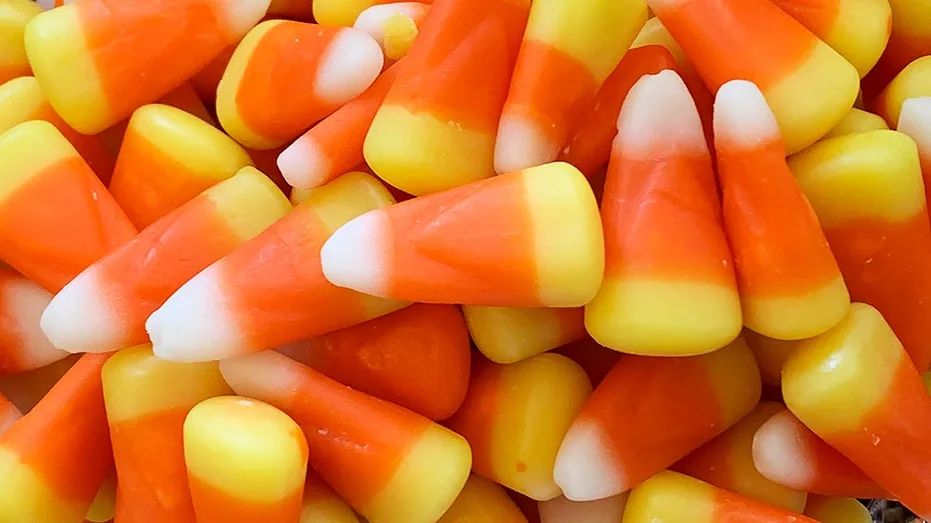Food and drink manufacturers have two years to change recipes and formulas now that the U.S. Food and Drug Administration has banned the synthetic food dye Red No. 3.
Also known as erythrosine, synthetic food dye Red No. 3, has been primarily used in a wide range of food products, such as candy, cakes and cupcakes, cookies, frozen desserts, frostings and icings, as well as certain ingested drugs.
Here are some of the top recognizable products that could be in your pantry right now.
1. Brach’s Conversation Hearts
2. Brach’s Candy Corn
3. PEZ Candy Assorted Fruit (cherry, strawberry, grape, raspberry, orange, lemon)
4. AMOS Lollipop Finger Rings
5. Jelly Belly’s Gourmet Candy Corn
FDA BANS ARTIFICIAL RED DYE: WHAT THIS MEANS FOR CONSUMERS
6. Entenmann’s Little Bites Party Cake Mini Muffins
7. Publix canned mixed fruit
8. Kellanova confetti cake Pop-Tart bites
9. MorningStar Farms Veggie Breakfast Original Veggie Bacon Strips
10. Vigo Saffron Yellow Rice
11. Betty Crocker Loaded Mashed Potatoes
12. Nesquick Strawberry low-fat milk
13. Nerds Bomb Pop Popsicles
CERTAIN SNACKS, DRINKS COULD BE BANNED IN SOME STATES DUE TO CANCER-CAUSING INGREDIENTS
Red No. 3 is banned for food use in Europe, Australia and New Zealand, except in certain kinds of cherries. The dye will be banned in California starting in January 2027, and lawmakers in Tennessee, Arkansas and Indiana have filed proposals to limit certain dyes, particularly from foods offered in public schools.
Manufacturers who use Red No. 3 in food have until Jan. 15, 2027, to reformulate their products, and ingested-drug makers have until Jan. 18, 2028, to comply with the ban.
FOX Business reached out to candy, snack and food manufacturers for their comments on the ban.
The FDA’s move is more than three decades after the Red No. 3 dye was barred from cosmetics and non-oral medications because a study showed it caused cancer when eaten by rats. But it kept appearing on the ingredient lists of popular snack foods and other grocery products because it remained approved for use until now.
“Why you would say something can’t be in cosmetics, but you can eat it makes no sense to me. I am very pleased that they finally have done what I think they should have done years ago,” petitioner Linda Birnbaum, former director at the National Institute of Environmental Health Sciences and National Toxicology Program said, according to Reuters.
About two-thirds of Americans favor restricting or reformulating processed foods to remove ingredients like added sugar or dyes, according to a new AP-NORC poll cited by the Associated Press. Support is particularly high among U.S. adults with a college degree, as well as those with a higher household income.
FOX Business’ Daniella Genovese, the Associated Press and Reuters contributed to this report.










